Witness this display of a Komodo Dragon in this raw and primal footage where a Komodo Dragon Eats another one whole.
In the ruthless theater of nature, the boundaries between survival and savagery often blur. One of the stark demonstrations of this reality is the act of cannibalism, a behavior that’s not uncommon in the animal kingdom.
Ruthless Nature

This article invites you into the complex world of Komodo dragons, the largest living lizards on Earth, known for their distinct and somewhat daunting feeding behavior. With a focus on their propensity for cannibalism, we delve into the gruesome survival mechanisms that these formidable creatures employ.
Mind-Blowing Komodo Dragons
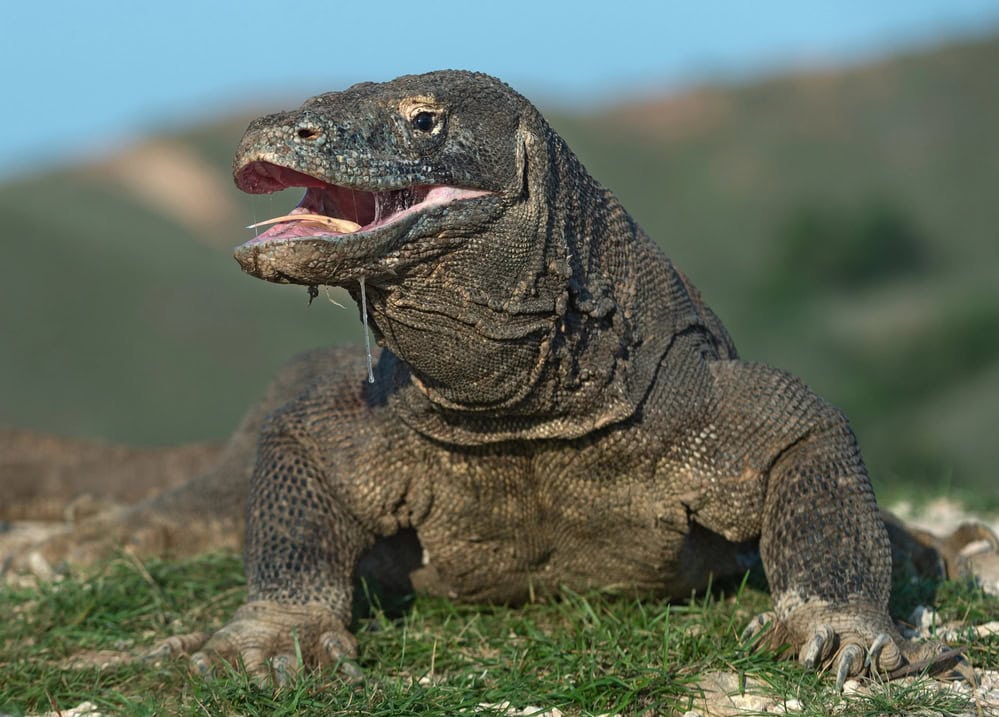
From jaw-dropping footage of a Komodo dragon consuming its kind to an exploration of how prevalent such behavior is among these and other species, we dissect the reasons behind cannibalism in the animal kingdom.
This article will also present a detailed insight into the Komodo dragon’s diet, its unique feeding behavior, and the remarkable adaptations that make it an apex predator.
Key Points
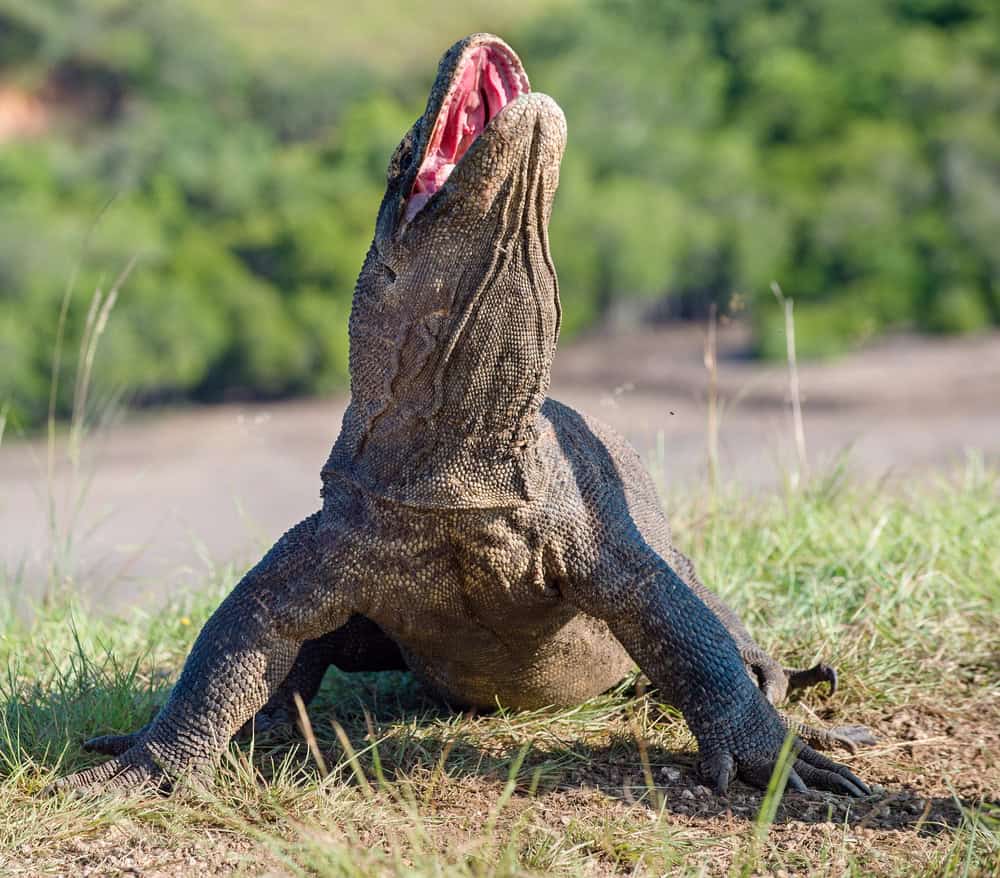
- Komodo dragons exhibit cannibalistic behavior, often consuming smaller Komodos, including their own offspring.
- Cannibalism is prevalent in the animal kingdom, often driven by scarcity of food, stress, population density, and reproductive strategies.
- Komodo dragons have a diverse diet, hunting and feeding on everything from invertebrates and birds to large mammals.
- Komodo dragons have a venomous bite, remarkable eating capacity, and efficient digestion of bones, hooves, and fur.
- After digestion, Komodo dragons eject indigestible material known as a gastric pellet and cleanse themselves by rubbing against ground or vegetation.
Jump ahead to any section of your liking below:
Is Komodo Dragon Fighting Common?
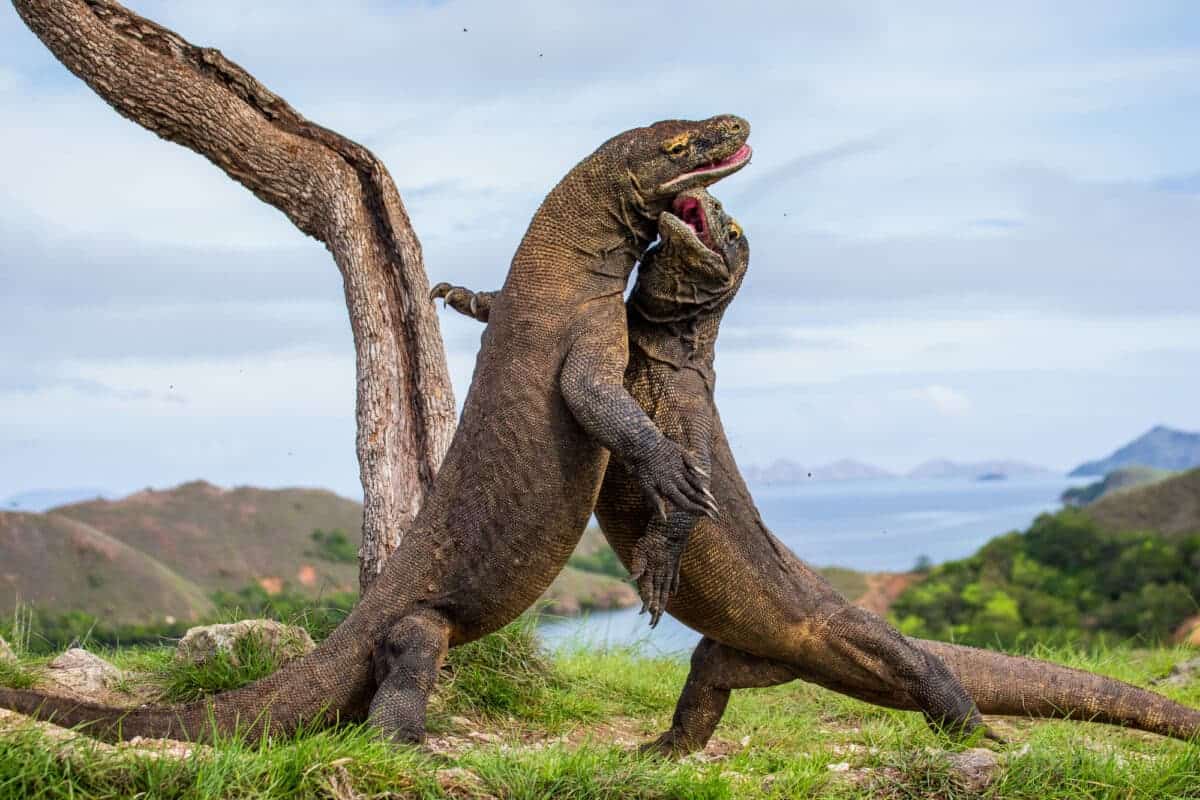
Komodo dragons, the largest living lizards on Earth, demonstrate a fascinating, if unsettling, propensity for cannibalism. This behavior is particularly prevalent among adult females, who often feed on their own offspring or other young Komodos, accounting for up to 10% of their diet.
So, Why Canabilism?

Surprisingly, scarcity of food is not what drives their cannibalism, but is seemingly an ingrained survival mechanism. Young Komodos, aware of the threat, employ strategies like rapid growth and spending time in trees to avoid adult cannibalistic tendencies.
However, it’s not exclusive to the young ones. Adults may also consume injured or weak adults when the opportunity arises. This brutal, yet intriguing, behavior offers a harsh insight into the Komodo dragon’s world, where the line between survival and savagery is blurry.
Frequency of Cannibalism in Different Species
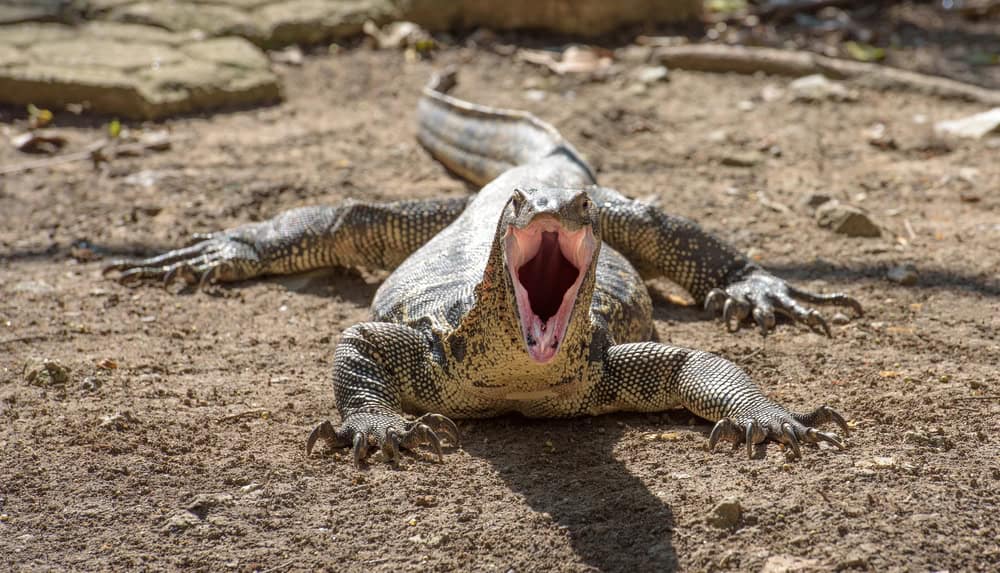
Cannibalism is more common in the animal kingdom than one might think. Among insects, the Redback spider exhibits some of the highest rates. Around 65% of encounters between males and females end with the female devouring the male. Praying mantises are also notorious, with roughly 25% of mating attempts resulting in male consumption. In aquatic life, Sand tiger sharks have the highest rates, practicing embryonic cannibalism where stronger embryos consume their weaker womb-mates.
Cannibalism in animals occurs due to various factors, primarily resource scarcity, stress, population density, and as a reproductive strategy. Among these, scarcity of food, or nutritional stress, is arguably the most prevalent cause.
When alternative food sources are scarce, many species resort to cannibalism as a survival mechanism. However, it’s worth noting that the specific reasons can vary greatly depending on the species and their ecological and social contexts.
Komodo Dragon: The Footage

In this striking video, we witness a formidable Komodo dragon in the act of predation, consuming a smaller one of its own species.
Initially, only the smaller dragon’s head is clenched in the larger one’s powerful jaws, with its lifeless body hanging out of its mouth with macabre puppetry. But, within less than a minute, it is only the tip of the smaller komodo’s tail that is visible. The immense jaw strength and fearsome eating pace are almost as gruesome as the act of cannibalism.
There’s a raw, primal feel to the scene, devoid of any emotional struggle, just the stark reality of survival. The footage leaves us with a harsh reminder of nature’s cruel, yet captivating, circle of life.
Their Usual Diet
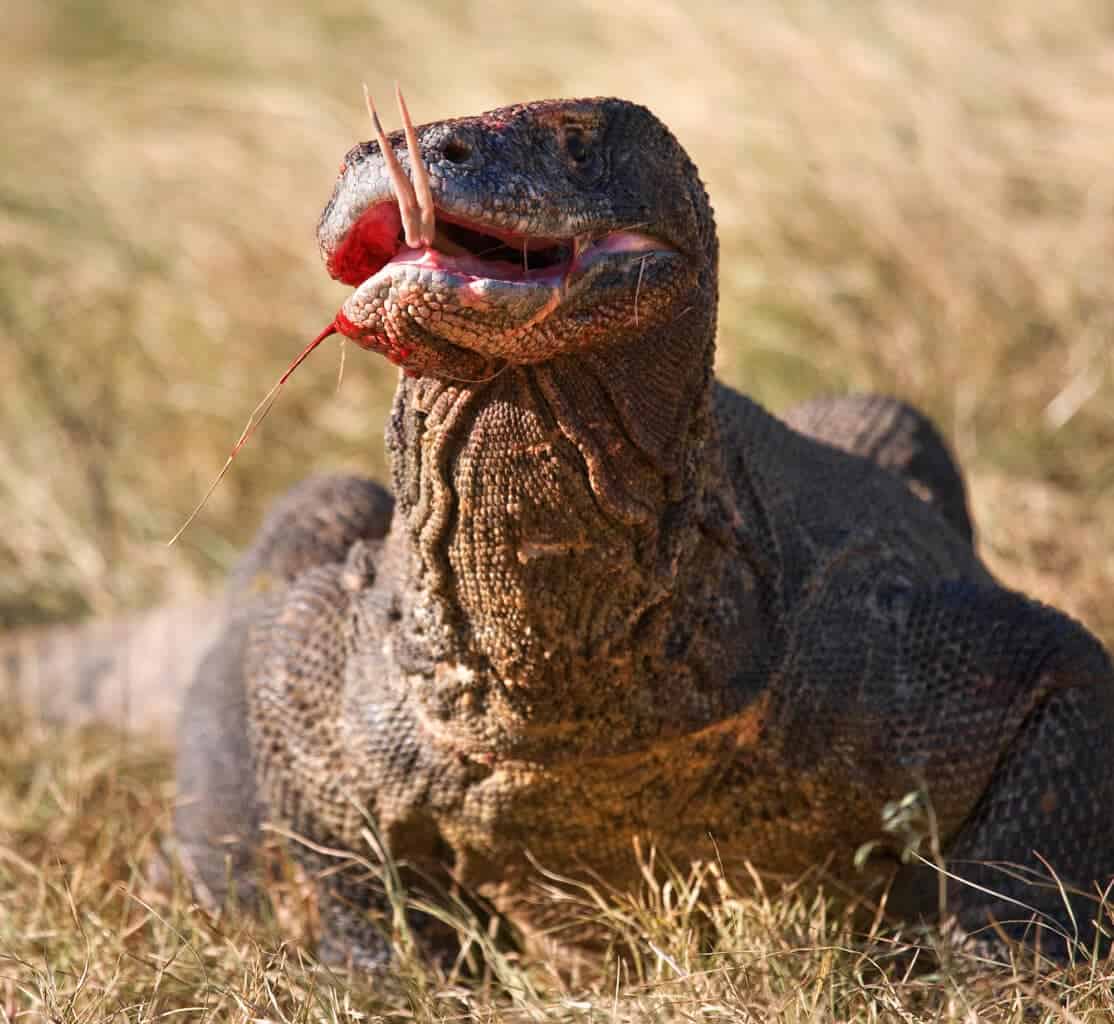
Komodo dragons, nature’s most formidable lizards, have a diverse diet. These apex predators are carnivorous, feeding primarily on carrion. However, they’re capable of hunting and ambushing live prey which includes invertebrates, birds, and mammals. Their meals range from small rodents to large water buffaloes.
As seen in the video above, cannibalism is also relatively frequent, with adults preying on smaller Komodo Dragons. Remarkably, up to 10% of their diet compromises of other Komodo dragons, including their own young.
Armed with razor-sharp, serrated teeth and strong jaws, they inflict deep wounds. Additionally, their saliva contains a potent mix of toxins that can induce shock and prevent blood clotting in their prey. Coupled with their patience and perseverance, these attributes make Komodo dragons extremely effective predators.
Interesting (and Scary) Facts About Their Feeding Behavior
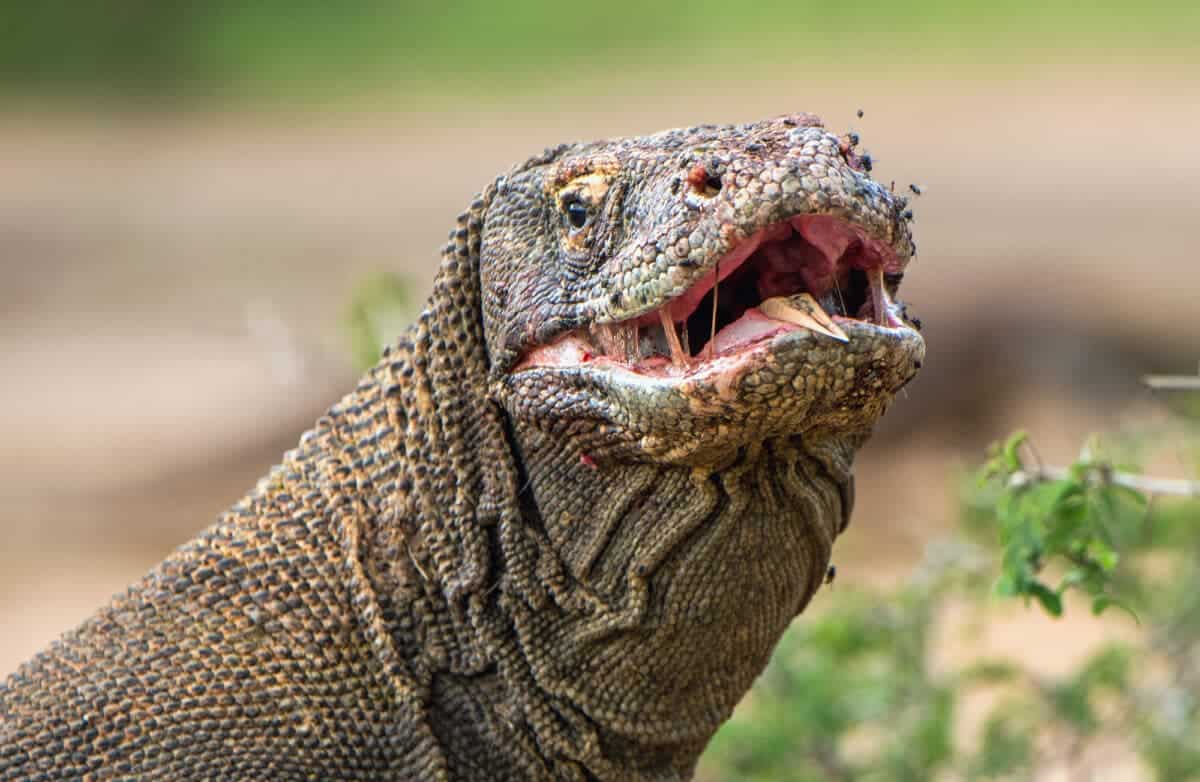
#1 Ramming Carcasses

Sometimes Komodo Dragons will ramm carcasses against trees or other large objects to force its prey down their throat, in an attempt to speed up the digestive process. In some instances, they might even knock down trees in this manner.
#2 Big Appetites

They are known for their remarkable eating capacity, capable of consuming up to 80% of their body weight in a single feeding, illustrating their extreme survival adaptations.
#3 Venomous Bite

Contrary to previous beliefs of toxic bacteria causing harm, it’s now understood that Komodo dragons have venom glands. Their venom can cause shock, inhibit blood clotting, and paralyze their prey.
#4 Digestive Efficiency

Komodo dragons can digest bones, hooves, and even fur, thanks to their highly acidic stomach. This maximizes nutrient extraction and leaves virtually no waste from their meals.
#5 Regurgitation

Following the digestive process, the Komodo dragon ejects a cluster of indigestible material, such as horns, hair, and teeth, known as a gastric pellet, which is enrobed in foul-smelling mucus. To rid itself of the residual mucus, the Komodo dragon scrubs its face against the ground or vegetation.
Do Komodo dragons swallow their prey whole?
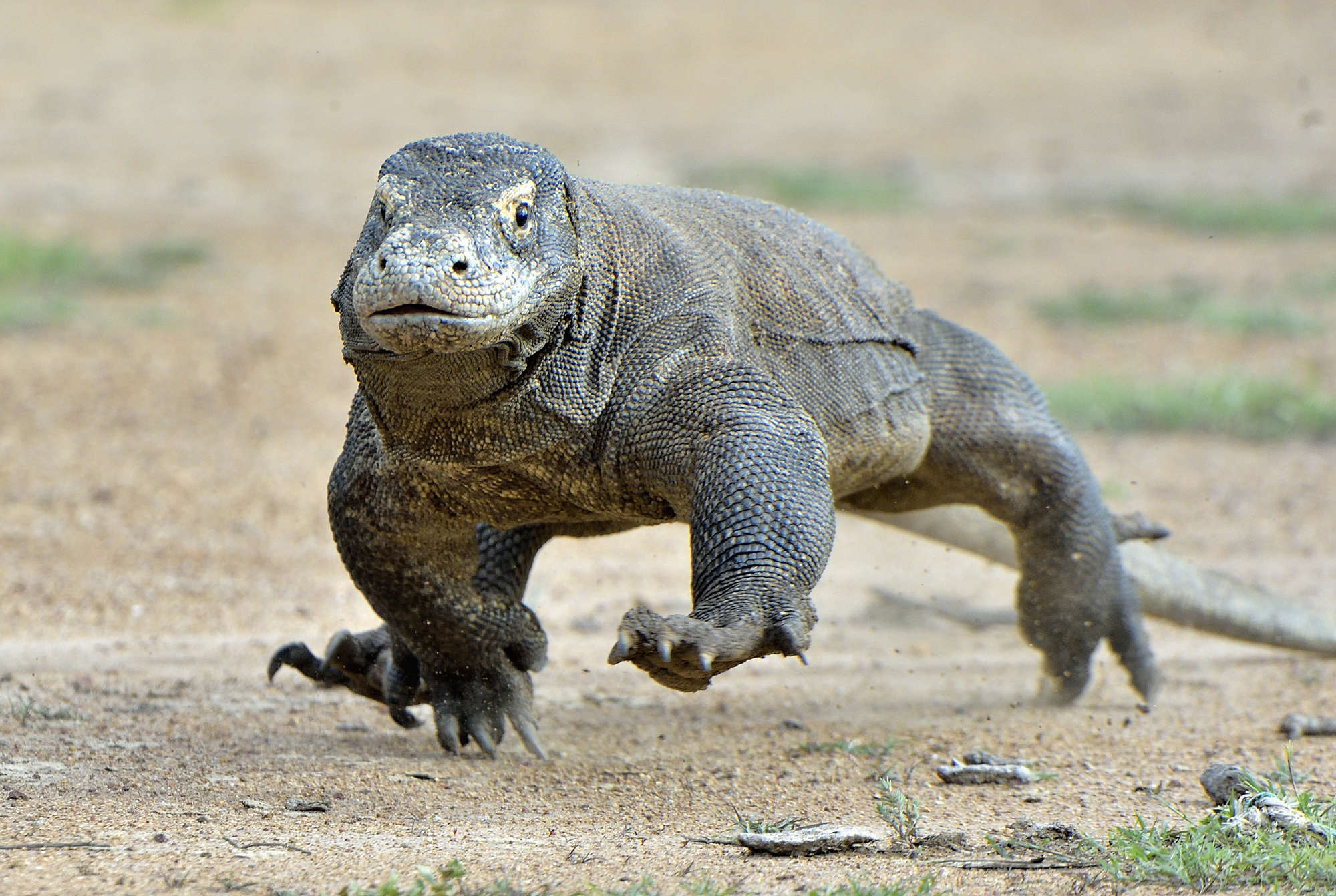
Yes, Komodo dragons often swallow smaller prey whole. Larger prey is torn apart and consumed in chunks, but certain indigestible parts like horns and hair are later regurgitated.
How strong is a Komodo dragon’s teeth?
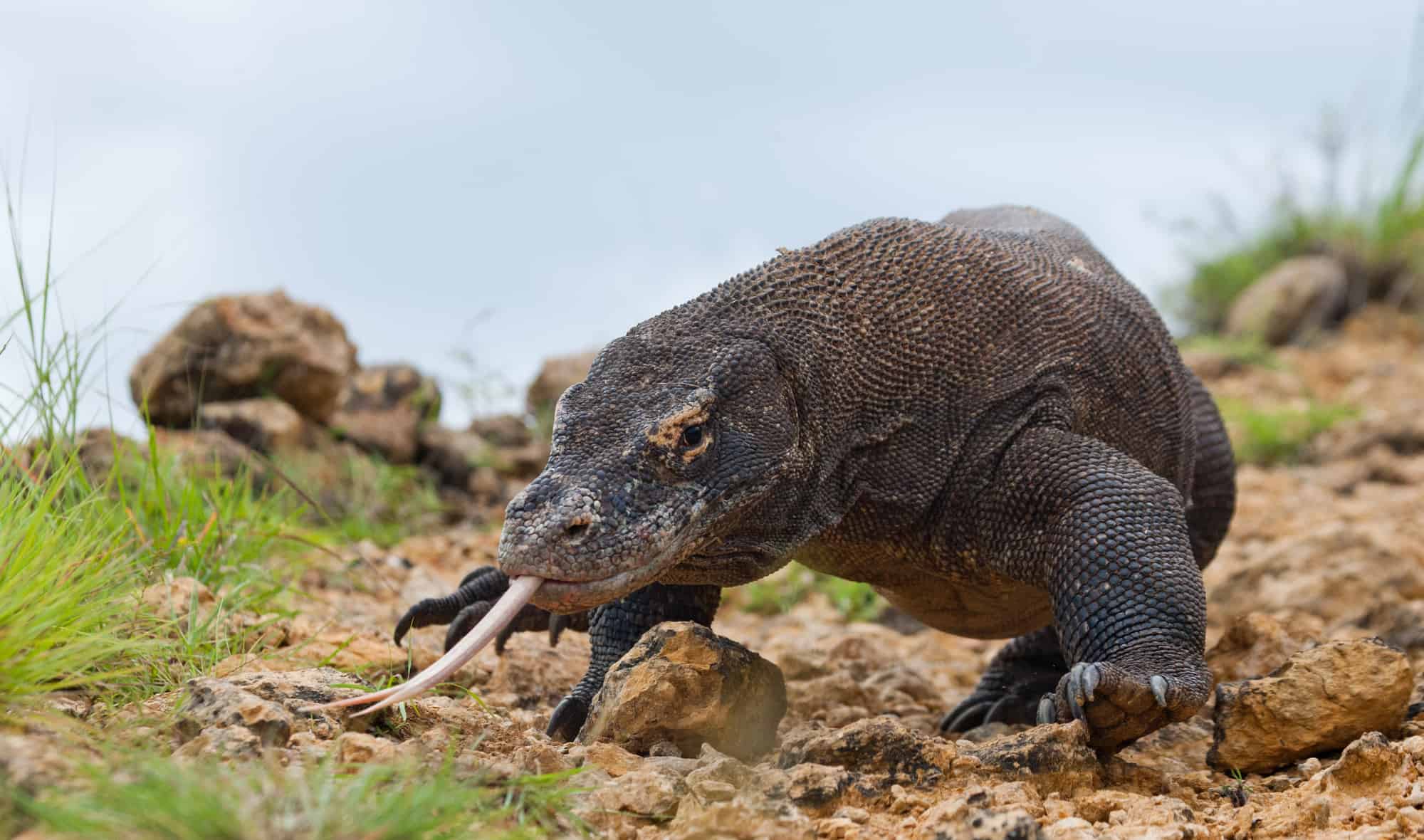
Komodo dragons have incredibly strong teeth that are sharp and serrated, much like a shark’s. These teeth are capable of tearing flesh and inflicting deep wounds, allowing the dragon to consume large chunks of its prey.
What are the effects of Komodo dragon venom?

The venom of a Komodo dragon has multiple effects, including inducing shock, lowering blood pressure, causing muscle paralysis, and preventing blood clotting. This combination can quickly incapacitate their prey, making it easier for the Komodo dragon to feed.
Komodo Dragons Wrapping Up
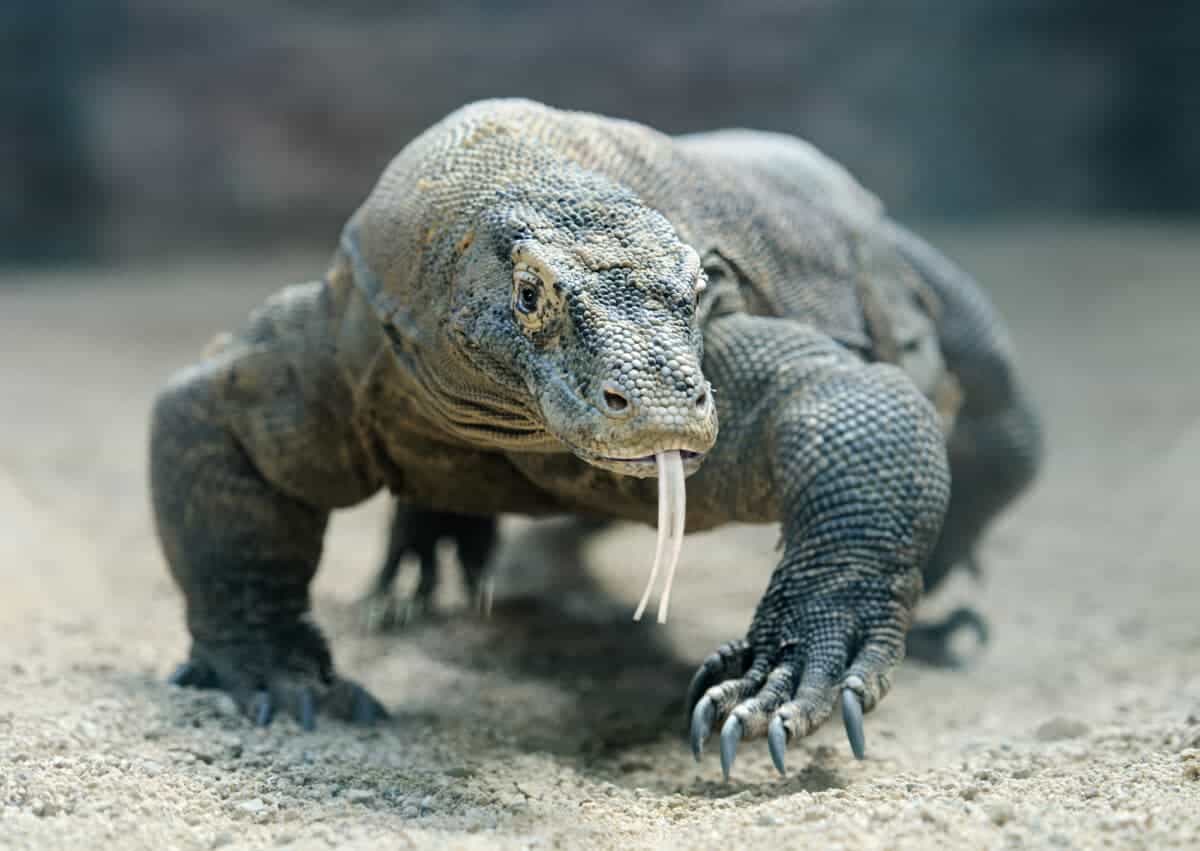
In conclusion, the Komodo dragon presents us with a captivating glimpse into nature’s stark realities. It underlines the thin line between survival and savagery, embodied in their cannibalistic tendencies and the chilling efficiency with which they dispatch and consume prey. Their unique characteristics, from venomous bites to exceptional digestive efficiency, underline their status as nature’s formidable predators.
Their seemingly macabre feeding behaviors serve as a stark reminder of the raw, primal, and often cruel circle of life that drives the natural world. As we delve further into understanding these magnificent creatures, we learn more about the intricate balance of our ecosystem and the profound influence of evolutionary forces.
Thank you for reading this article about cannibalism in Komodo Dragons!
Dive into another thrilling report from the animal kingdom:
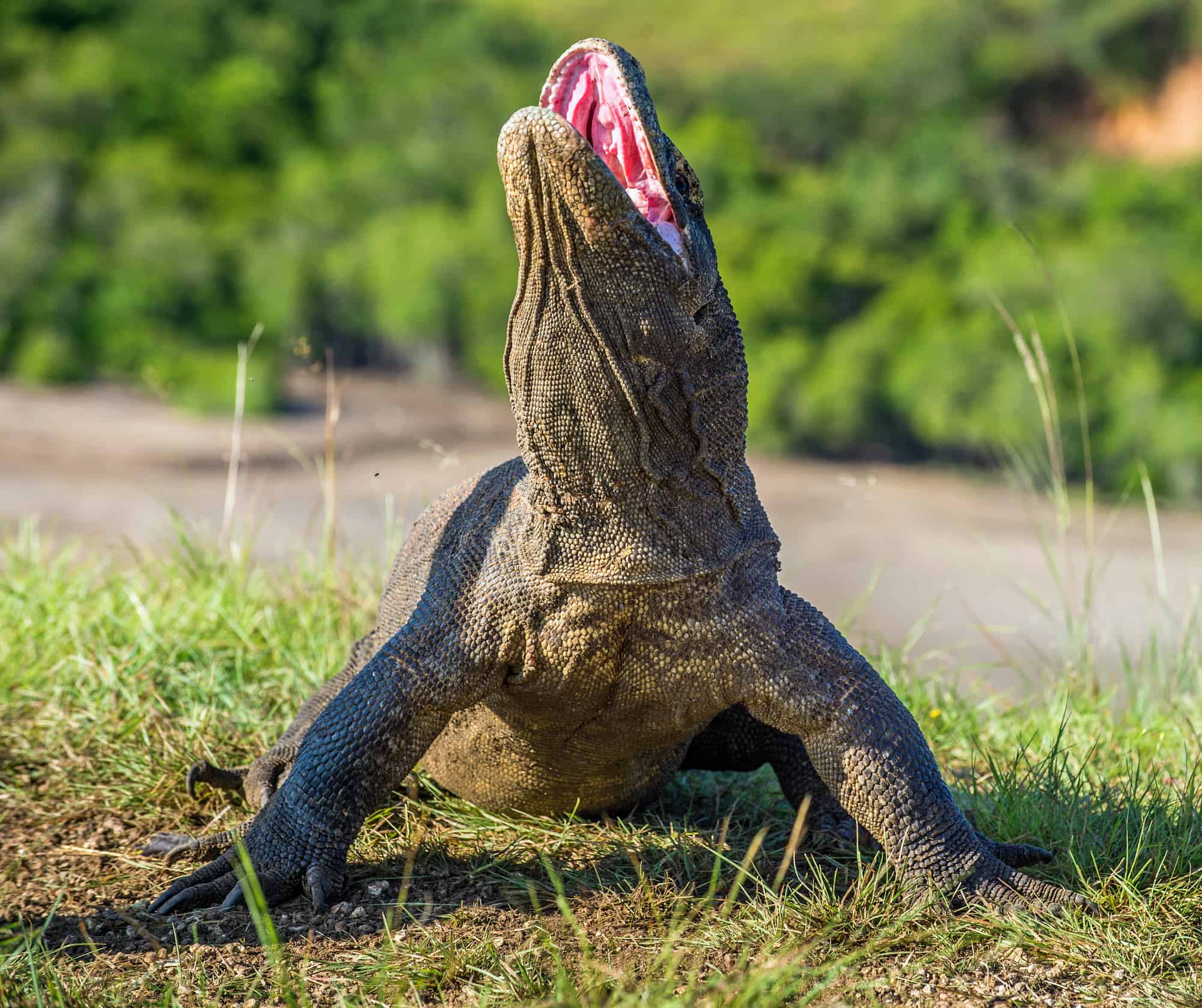
- Surfers Share Wave with Great White Shark at Surfing Competition
- This 5,000-pound Manta-Ray was Caught in New Jersey in 1933
- Cat Acts as Witness and Signs Marriage Certificate with Paw-Print in Colorado
- Trend-Setters: Orcas Started Wearing Salmon Hats In the 80s - October 21, 2024
- Minnesota-Animals That Won’t be Around for Future Generations - October 21, 2024
- Goodwill Worker Finds a Boa Constrictor in Donations Bin in Texas - October 21, 2024


Markus
Sunday 23rd of July 2023
That’s insane!